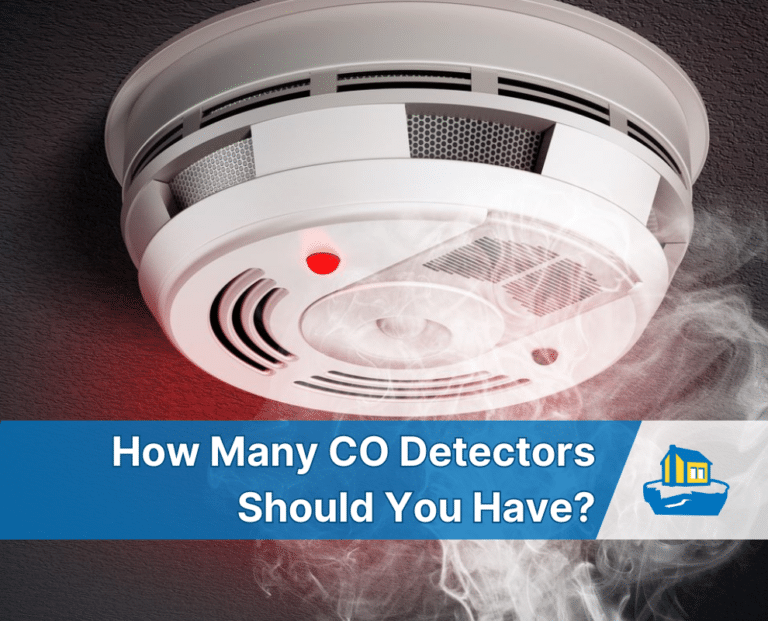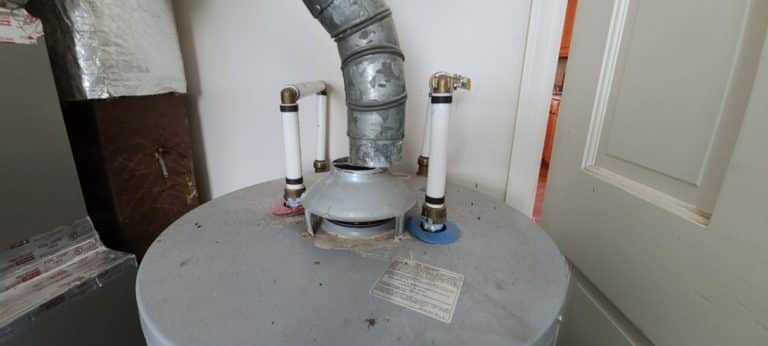4.9 1890+ Google Reviews

The CDC reports that approximately 450 people every year from accidental CO poisoning. Another 50,000 people require emergency medical treatment every year from accidental CO poisoning. The bulk of these occur in January, and most could have been prevented with CO detectors.
Carbon Monoxide (CO), not to be confused with carbon dioxide (CO2), is a colorless, odorless gas that is a byproduct of incomplete combustion of fossil fuel. Unlike natural gas, and propane which have distinct odors added them, you won’t know if there is CO in your home without carbon monoxide alarms.
Thats why its colloquially known as the silent killer.
The Mayo Clinic explains carbon monoxide poisoning as
“Carbon monoxide poisoning occurs when carbon monoxide builds up in your bloodstream. When too much carbon monoxide is in the air, your body replaces the oxygen in your red blood cells with carbon monoxide. This can lead to serious tissue damage, or even death.”
And lists the symptoms of carbon monoxide poisoning as:
As stated above, carbon monoxide is a by product of incomplete combustion. The most common sources of carbon monoxide in the home are gas appliances such as a water heater, gas furnace, or fireplace. Other sources include fuel space heaters, and fumes from a running car in an attached garage.
When gas appliances are regularly serviced, and in good working order, the by products of combustion are vented out the home through metal vents.
But improper installation, neglected maintenance, or blockages in the vents can cause carbon monoxide gas to leak into the home.
For example, if an animal builds a nest in the vent, the CO will not have a path to vent outside, and will back up into the home.

At a minimum, carbon monoxide alarms are required on each floor of your home, and in the immediate vicinity of the bedrooms.
However, many industry experts recommend installing one in each bedroom as well. Although multiple detectors can get expensive, this offers maximum protection and is the best way to prevent injury.
However, do not place a CO detector in a kitchen, bathroom, or garage as you may get false alarms.
Myths started swirling around the internet a few years ago that CO was heavier than air, and that proper placement was near the floor. This is simply not true. CO is actually slightly lighter than air, but any air circulation in the room makes this moot.
Your CO detectors can be placed anywhere in the room.
Don’t take my word for it. Listen to Dr. B, a Chemist and researcher from the University of Maryland blow your mind with science.
If your CO detector detects unsafe carbon monoxide levels, it is going to alert you. Never ignore the alarm. When the alarm sounds, get yourself, your kids, and your pets outside for fresh air. Call 911 and allow them to investigate and guide you from there.
There a few things you can do to avoid CO leaks in your home. First, get your gas appliances checked and serviced at least once a year. Second, always read the manufacturer’s instructions on any fuel heaters, or gas appliances, or small engines that you use. Never use any gas appliance in a manner it was not meant to be used such as using your oven to heat your home.
Keep in mind that most CO poisoning occurs in the winter. So, make sure you perform regular winter maintenance.
One of the most important features to consider when buying a CO detector is interconnectivity. This means that when one detector goes off, the rest go off. The reason this is important is because if an alarm goes off on one level of the home, it may not be hard on a different level.
All newer homes already have interconnected smoke alarms and CO detectors.
If you have an older home, I highly recommend the X-Sense Wireless Interconnected Combination Smoke and Carbon Monoxide Detector.
Although slightly more expensive than a basic CO detector, one of the biggest benefits is that it is also a smoke detector. A 2 in 1 system is very convenient.
Since it has wireless interconnectivity, you get the enhanced safety of interconnection, without the hassle of wiring.
These use CR123 Batteries which last approximately 5 years.
If you have a new home, but you need to upgrade your smoke and CO alarms (you should upgrade them every 6 -10 years), then the First Alert Combination smoke and CO detector is a great option.
As an Amazon Associate I earn from qualifying purchases. So I provide you with you relevant knowledge and products to make extra money 🙂